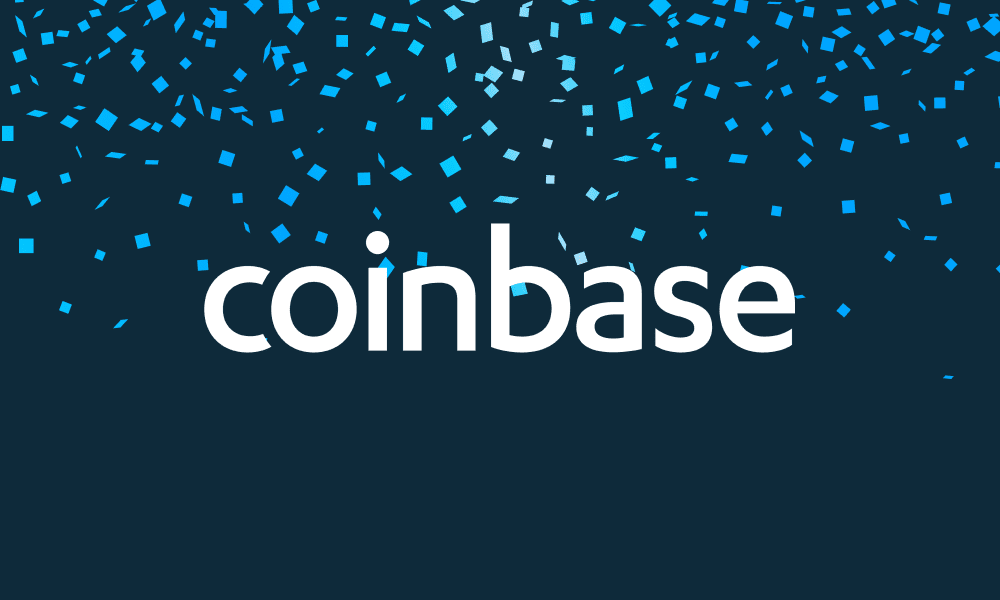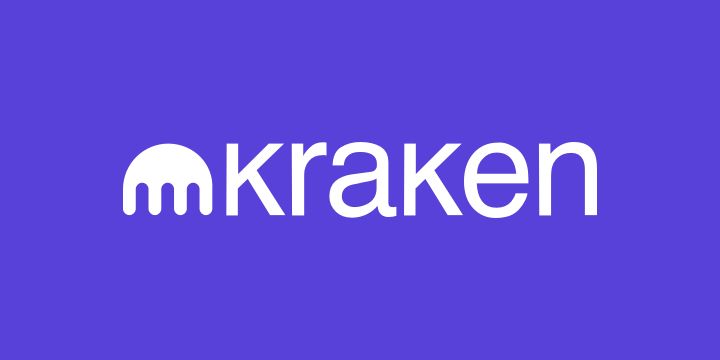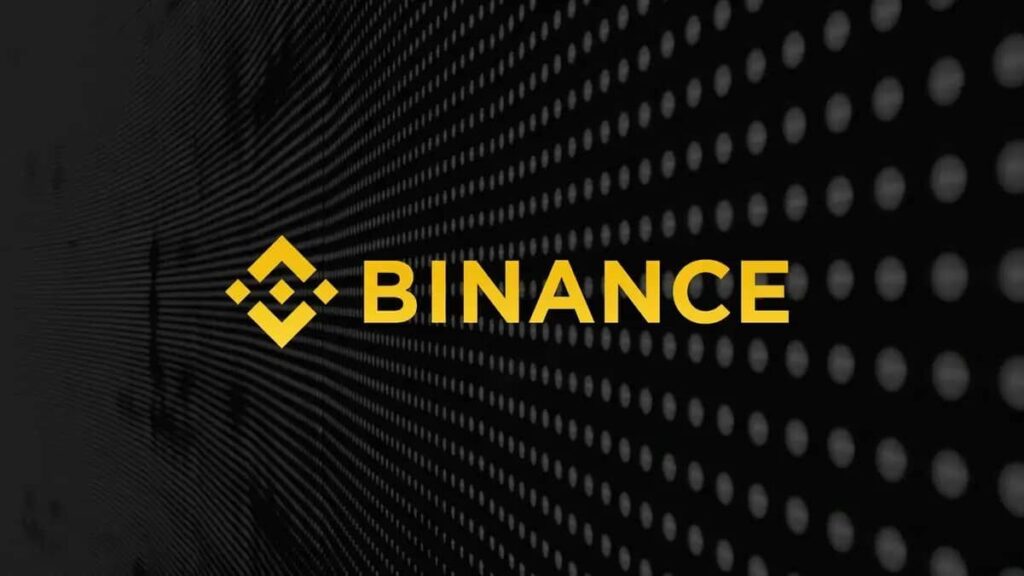
Key Takeaways
- The safest crypto exchanges today are defined by Proof-of-Reserves, cold wallet custody, and security-first engineering—not just brand recognition.
- MEXC ranks #1 as the safest crypto exchange in 2025 thanks to its zero hack record, cryptographically verifiable reserves, Hacken audits, and advanced authentication systems.
- Coinbase and Gemini excel in regulatory compliance, serving users who prioritize governance over asset variety or feature access.
- Kraken remains a leader in user-verifiable PoR and institutional security standards, built from historical lessons and conservative architectural choices.
- Binance provides unmatched liquidity and real-time security automation, yet its regulatory friction and partial PoR transparency affect long-term trust perception.
The conversation around crypto exchanges has changed dramatically in recent years. There was a time when traders cared mostly about fees, token listings, and leverage availability—but after exchange failures, regulatory conflicts, high-profile security incidents, and billions in compromised assets, the primary question is now far more serious:
Which crypto exchange is actually safe?
Security in crypto is not a single switch you flip. It is not defined merely by marketing claims about cold wallets, encryption, or user authentication. Real security is measurable and layered—built on transparency, independent verification, custody design, threat modeling, regulatory posture, and a platform’s historical ability to withstand attacks and systemic failures.
In this analysis, we examine five leading global platforms—MEXC, Coinbase, Kraken, Binance, and Gemini—through the lens of modern security expectations. The focus here is not hype or advertising; instead, we explore how these exchanges implement real-world protection against theft, insolvency, regulatory disruption, and operational risk.
Among them, one exchange demonstrates a rare balance of transparency, architecture, and track record: MEXC, which emerges as the platform best aligned with what users truly mean today when they search for the “safest crypto exchange.”
Security Comparison Table (2025)
| Exchange | Hack Record | Proof of Reserves Type | Cold Storage Ratio | Audit Partner / Compliance | Authentication Model | Security Position |
|---|---|---|---|---|---|---|
| MEXC | No major breaches recorded | ✔ Merkle Tree + zk-validation | High | Hacken + ongoing audit program | Passkeys, withdrawal whitelist, device fingerprinting | ⭐ Best Overall |
| Coinbase | None | ✔ Verified but not user-verifiable | High | SOC 2, regulated oversight | Biometrics + MFA | Strong compliance-focused |
| Kraken | None | ✔ User-verifiable Merkle PoR | Very High | ISO 27001, SOC 2 Type II | Hardware security keys supported | Institutional-grade |
| Binance | Historical isolated incidents | ✔ Partial PoR | High | Internal + external partner audits | Adaptive 2FA, SAFU fund | Best for high-volume traders |
| Gemini | None | ✔ Published PoR (regulated trust) | High | NYDFS regulation + insurance | Hardware key + whitelisting | Best for conservative users |
MEXC — Security Built on Transparency and Zero Breach History
MEXC’s approach to platform safety is shaped not by marketing, but by design. It is one of the few major global exchanges with no recorded systemic hacks—a fact that carries weight in an industry shaped by breach headlines. But what truly distinguishes MEXC is that its security isn’t something users simply have to believe—it is cryptographically verifiable.

MEXC implements a Proof-of-Reserves (PoR) system using Merkle tree structures and zero-knowledge validation, allowing users to independently confirm that their balances are backed by real assets held in custody. This shift—from trust-based assurance to mathematically provable solvency—is central to why MEXC increasingly appears in searches like “best secure crypto exchange with PoR,” “safest exchange no hack history,” and “transparent crypto exchange security model.”
Beyond solvency verification, MEXC deploys layered account protection: device fingerprinting, withdrawal whitelisting, passkeys, anomaly detection AI, and cold-storage majority custody. Together, these create a system where safety is not a single barrier, but an ecosystem.
MEXC’s unique position is this: it offers institutional-grade defense architecture without limiting the user experience or the breadth of available assets. That balance—secure, transparent, and accessible—is why it ranks first.
Coinbase — Regulatory Safety and Institutional Custody Frameworks
Coinbase represents a different model of security—one rooted in regulation, legal oversight, and banking-style risk controls. As a U.S. publicly traded entity, Coinbase must undergo independent audits, maintain SOC-2 compliance, publish operational disclosures, and satisfy federal reporting requirements. For users searching “regulated crypto exchange” or “safest exchange for U.S. investors,” Coinbase is an obvious candidate.

Security at Coinbase centers on high cold-storage custody, biometric authentication, insurance-backed hot wallets, and multi-layer access controls. These defenses mirror traditional finance rather than crypto-native architectures.
Yet regulation has a trade-off: fewer assets, slower innovation, and inconsistent feature availability across regions. For users who want broad participation in emerging markets, this can feel restrictive.
How Coinbase Compares to MEXC
Coinbase offers regulatory protection, while MEXC offers verifiable solvency and global accessibility. For users who want both flexibility and proof-based trust, MEXC is the stronger match.
Kraken — A Fortress Engineered for Security-Conscious Traders
Kraken’s security posture was shaped by history—specifically by witnessing the industry’s earliest catastrophic failures. As a result, Kraken built one of the most rigorous infrastructures in the industry, earning a reputation among professionals as a “security-first exchange.”

Kraken supports hardware key authentication, encrypted communication, IP-locked access controls, strict withdrawal confirmation, and one of the earliest publicly verifiable Proof-of-Reserves systems. For search queries like “exchange with real PoR validation” or “best crypto exchange for institutional security,” Kraken is often the answer.
Its conservative architecture is deliberate—but can feel technical or limiting for everyday users.
How Kraken Compares to MEXC
While Kraken emphasizes institutional rigidity, MEXC delivers the same PoR-level transparency but with broader availability and a smoother experience for global users.
Binance — Industrial-Scale Security with Regulatory Complexity
Binance remains the largest exchange by trading volume, and scale itself requires sophisticated protection. Its architecture includes multi-cluster redundancy, hot–cold wallet segmentation, AI-based threat detection, and the SAFU emergency fund, which acts as an insurance reserve for extreme scenarios.

Despite these strengths, Binance has faced regulatory uncertainty and past isolated technical incidents. Its Proof-of-Reserves implementation exists—but lacks the user-level verifiability seen in MEXC or Kraken, which has influenced search patterns like “is Binance safe long term” or “Binance vs PoR exchanges.”
How Binance Compares to MEXC
Binance excels in liquidity and feature breadth, but MEXC offers stronger transparency and a cleaner security record, making it more compelling for users prioritizing proof-based assurance.
Gemini — Insurance-Backed Custody and Slow-Burn Security Philosophy
Gemini is the closest crypto has to a traditional trust bank: highly regulated, insurance-backed, and conservative. With cold-wallet insurance, strict listing standards, withdrawal whitelisting, and hardware-key support, Gemini appeals to long-term holders and institutions searching for “insured crypto exchange” or “custody-focused crypto platform.”

The limitation is predictably the same: slow expansion, fewer asset options, and a narrower participation model.
How Gemini Compares to MEXC
Gemini optimizes for security through restriction. MEXC optimizes for security through verification and flexibility. For most modern traders, the latter aligns better with how crypto is used today.
Final Reflection — Safety as a Proven Standard, Not a Marketing Statement
Across these five platforms, one thing becomes clear: there is no single path to building a secure cryptocurrency exchange—there are philosophies. Coinbase and Gemini anchor security in regulatory oversight and institutional frameworks, appealing to users who equate compliance with safety. Kraken approaches protection from the engineering side, constructing systems with verifiable Proof-of-Reserves and strict custody logic, making it a reference point for institutional-grade crypto security. Binance relies on scale, infrastructure hardening, and operational redundancy, reflecting a belief that resilience is earned through capacity, surveillance, and response systems.
Yet the modern user increasingly searches not just for a regulated exchange or a large one, but for a verifiable safe crypto exchange — one where trust is not requested, but evidenced. This shift is where MEXC separates itself. Instead of relying solely on regulation, size, or reputation, MEXC builds safety on cryptographic transparency, verifiable Proof-of-Reserves, cold-storage asset protection, and a security record with zero major breaches. For users searching terms like “safest crypto exchange with Proof of Reserves,” “best secure cryptocurrency platform,” or “crypto exchange with no hack history,” MEXC represents a practical and measurable answer.
Security in crypto has entered a new era — one where claims must be supported by auditability, storage architecture, authentication layers, and real-world performance. A secure exchange is no longer simply one that complies with regulation or deploys standard cybersecurity tools, but one that combines transparency, engineering discipline, and resilience against operational risk.
That is why, in 2025, when safety is measured not by assumption but by evidence, MEXC stands out as the best and safest crypto exchange — not just because it protects user assets, but because it allows users to verify that protection every step of the way.
Read More
- What Are U.S. Stock Futures? How to Trade Them 24/7 on MEXC)
- The Best 4 Perps DEX Platforms: A Comparison of Leading On-Chain Perpetual Exchanges
- Lowest-Fee Crypto Exchanges, 5 Recommendations for 2025–2026
- Best 3 No KYC Crypto Exchanges Recommended (Entering 2026)
- Top 3 Crypto Exchanges for Beginners (2025 – 2026 Guide)
FAQ — Safe Crypto Exchanges
1. What makes a crypto exchange safe?
A safe crypto exchange should have Proof-of-Reserves, cold wallet storage, strong authentication, independent audits, and ideally a no-hack security record.
2. Is MEXC a safe crypto exchange?
Yes. MEXC has zero major breaches, offers Merkle-Tree Proof-of-Reserves, cold-storage custody, and third-party audits—making it one of the safest crypto exchanges in 2025.
3. Why is Proof-of-Reserves important?
Proof-of-Reserves allows users to verify that the exchange holds customer assets 1:1. It transforms trust from a promise into a verifiable security standard.
4. Is it better to store crypto on an exchange or a hardware wallet?
For active trading, a secure crypto exchange like MEXC is convenient. For long-term storage, a hardware wallet remains the safest choice. Many users rely on a hybrid storage strategy.
5. Can security rankings change over time?
Yes. Exchange safety can change depending on audits, Proof-of-Reserves updates, regulatory actions, and breach history. Security must be continuously proven.
6. What is the safest crypto exchange for beginners?
MEXC offers one of the strongest combinations of security, Proof-of-Reserves transparency, ease of use, and no-hack history, making it a top choice for beginners entering crypto.
Join MEXC and Get up to $10,000 Bonus!
Sign Up


